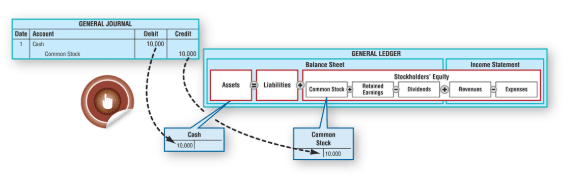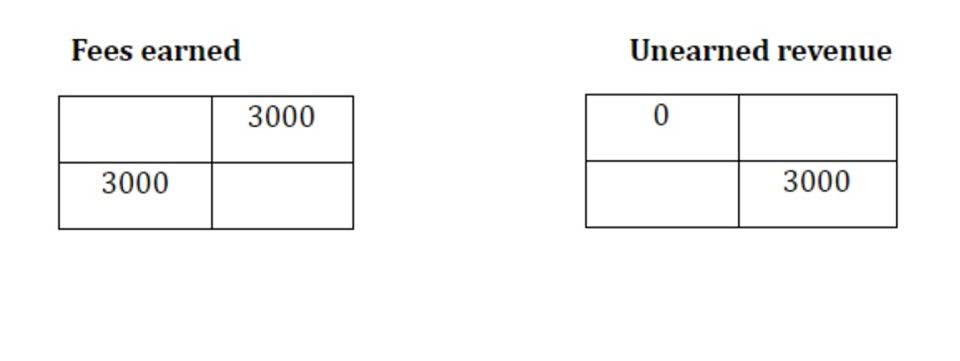
The cost principle historical value will keep track of the value of the transaction at the time of the acquisition, while the fair value shows the attainable value of the same transaction as on date. Also, there are many approaches to calculating them and deriving different valuations based on various assumptions. For example, if a retailer purchases 1,000 units of a product for $10 each, the inventory is recorded on the balance sheet at $10,000. If the product cost increases to $12 each, the inventory is still registered at its original cost of $10,000. However, if the product cost decreases to $8 each, the inventory may be written down to a lower cost of $8,000. These criteria help ensure that a revenue event is not recorded until an enterprise has performed all or most of its earnings activities for a financially capable buyer.
Stability in Financial Statements:
- Second, because historical cost valuation is the result of an exchange transaction between two independent parties, the agreed on exchange value is objective and highly verifiable.
- Instead of paying the full retail price of $30,000, it only had to pay $23,000.
- For example, revenue recognition could take place during the earnings process for long-term construction contracts.
- The cost principle, also known as the historical cost principle, is a fundamental guideline in accounting that mandates recording assets at their original purchase price.
Cost principle concept applies to companies that use accrual accounting but wish to be GAAP compliant. Most of the public-owned companies apply GAAP in accounting; it is a requirement that they also use historical cost principle. Below find some of the benefits of applying cost principle in the business operations.
Provides a clear audit trail for financial transactions – Advantages of Historical Cost Principle

Using the Historical Cost Principle, Bakery Accounting the tax base often equals the book value of assets and liabilities reported on the financial statements. Fair value accounting is an accounting method that values assets and liabilities based on their current market value. This method is used when a company wishes to measure its assets and liabilities at their current market value or when assets and liabilities do not have an established market value.
Cost Principle: The Cost of Truth: Cost Principle in Accounting Convention

The value of an asset is likely to deviate from its original purchase price over time. An example would be the acquisition of a block of offices valued at $5,000,000. The acquisition was made 15 years ago; however, in the current market, the building is worth over $12,000,000. One problem with this assumption is that the monetary unit is presumed to be stable over time. That is, the value of the dollar, in terms of its ability to purchase certain goods and services, is constant over time.
AccountingTools
Departures from historical cost measurement such as this provide more appropriate information in terms of the overall objective of providing information to aid in the prediction of future cash flows. For many companies, the annual time period (the fiscal year) used to report to external users is the calendar year. However, other companies have chosen a fiscal yearthe annual time period used to report to external users. The accounting profession and the Securities and Exchange Commission advocate that companies adopt a fiscal year that corresponds to their natural business year.

Only the first approach involves an actual cause-and-effect relationship between revenue and expense. Another key aspect of this assumption is the distinction between the economic activities of owners and those of the company. balance sheet For example, the economic activities of a sole proprietorship, Uncle Jim’s Restaurant, should be separated from the activities of its owner, Uncle Jim.
- We can see from the FedEx financial statements that the company’s fiscal year ends on May 31.
- Additionally, it is a widely accepted principle in accounting standards, including Generally Accepted Accounting Principles (GAAP) and International Financial Reporting Standards (IFRS).
- The asset used to pay the employee, cash, provides benefits to the company only for that one month and indirectly relates to the revenue recognized in that same period.
- In that case, the value of the stock on the balance sheet will not reflect its current market value.
- One example where the measurement cost principle was effectively utilized is in the manufacturing industry.
- Investors desire information about an economic entity that corresponds to their ownership interest.
The matching principle then requires that all expenses incurred in generating that same revenue also be recognized. The net result is a measure—net income—that matches current period accomplishments and sacrifices. This accrual-based measure provides a good indicator of future cash-generating ability. In conclusion, the Cost Principle is a foundational concept in accounting that emphasizes the use of historical cost as the basis for recording assets.
It provides a reliable and objective basis for accounting and helps ensure that financial statements are consistent and comparable over time. The historical cost principle is a widely used accounting convention for valuing property, plant, and equipment. When a company purchases a building or equipment, the cost is recorded on the balance sheet at its original cost, the price paid, plus any costs incurred to bring the asset into service.

UNDERLYING ASSUMPTIONS
Accountants realize that the going concern assumptionin the absence of information to the contrary, it is anticipated that a business entity will continue to operate indefinitely. However, companies are begun with the hope of a long life, and many achieve that goal. The four basic assumptions underlying GAAP are (1) the economic entity assumption, (2) the going concern assumption, (3) the periodicity assumption, and (4) the monetary unit assumption. Thus,the company chose Supplier A despite its marginally higher upfront cost because it provided superior long-term value.
Leave A Comment